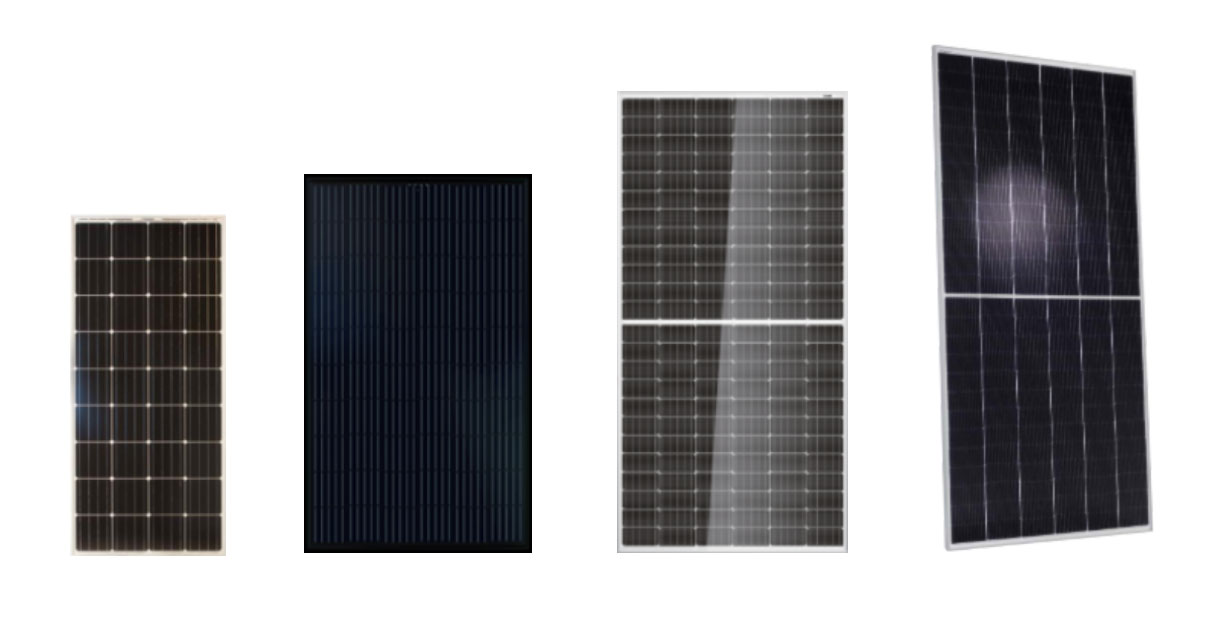Solar is becoming popular in the Philippines?
Solar panels have become an increasingly popular source of renewable energy in the Philippines. As a country located near the equator, the Philippines has abundant sunlight throughout the year, making it an ideal location for solar power generation. In recent years, the government and private sector have been investing in solar panel installations as a way to diversify the country's energy sources and reduce its reliance on fossil fuels.
One of the main benefits of solar panels in the Philippines is their potential to provide electricity to remote and off-grid areas. Many rural communities in the Philippines do not have access to the national power grid, making it difficult for them to receive a reliable source of electricity. By installing solar panels in these areas, residents can have access to clean and sustainable energy, improving their quality of life and opening up economic opportunities.
Furthermore, the widespread adoption of solar panels can contribute to the country's efforts to combat climate change. By harnessing the power of the sun, the Philippines can significantly reduce its carbon emissions and decrease its impact on the environment. This is particularly important for a country that is vulnerable to the effects of climate change, such as rising sea levels and extreme weather events.
In addition to environmental benefits, solar panels also offer economic advantages. As the cost of solar technology continues to decline, the installation of solar panels has become more affordable for both residential and commercial properties. Moreover, solar energy systems can provide long-term savings on electricity bills, making them an attractive investment for businesses and homeowners alike.
However, there are still challenges that need to be addressed to maximize the potential of solar panels in the Philippines. These include the need for supportive government policies, such as incentives for solar adoption, streamlined permitting processes, and net metering arrangements that allow solar panel owners to sell excess energy back to the grid. Additionally, the country will need to continue investing in research and development to improve the efficiency and reliability of solar technology.
Overall, the adoption of solar panels in the Philippines represents a significant step towards a more sustainable and resilient energy future. By tapping into its abundant solar resources, the Philippines can reduce its carbon footprint, improve energy access for its citizens, and stimulate economic growth in the renewable energy sector. With continued investment and support, solar panels have the potential to play a crucial role in powering the Philippines for years to come.






